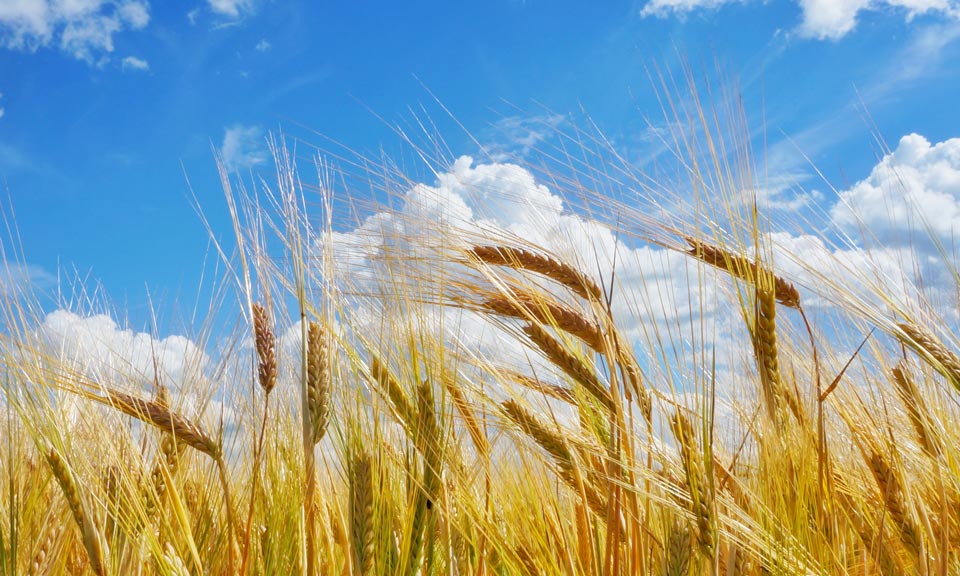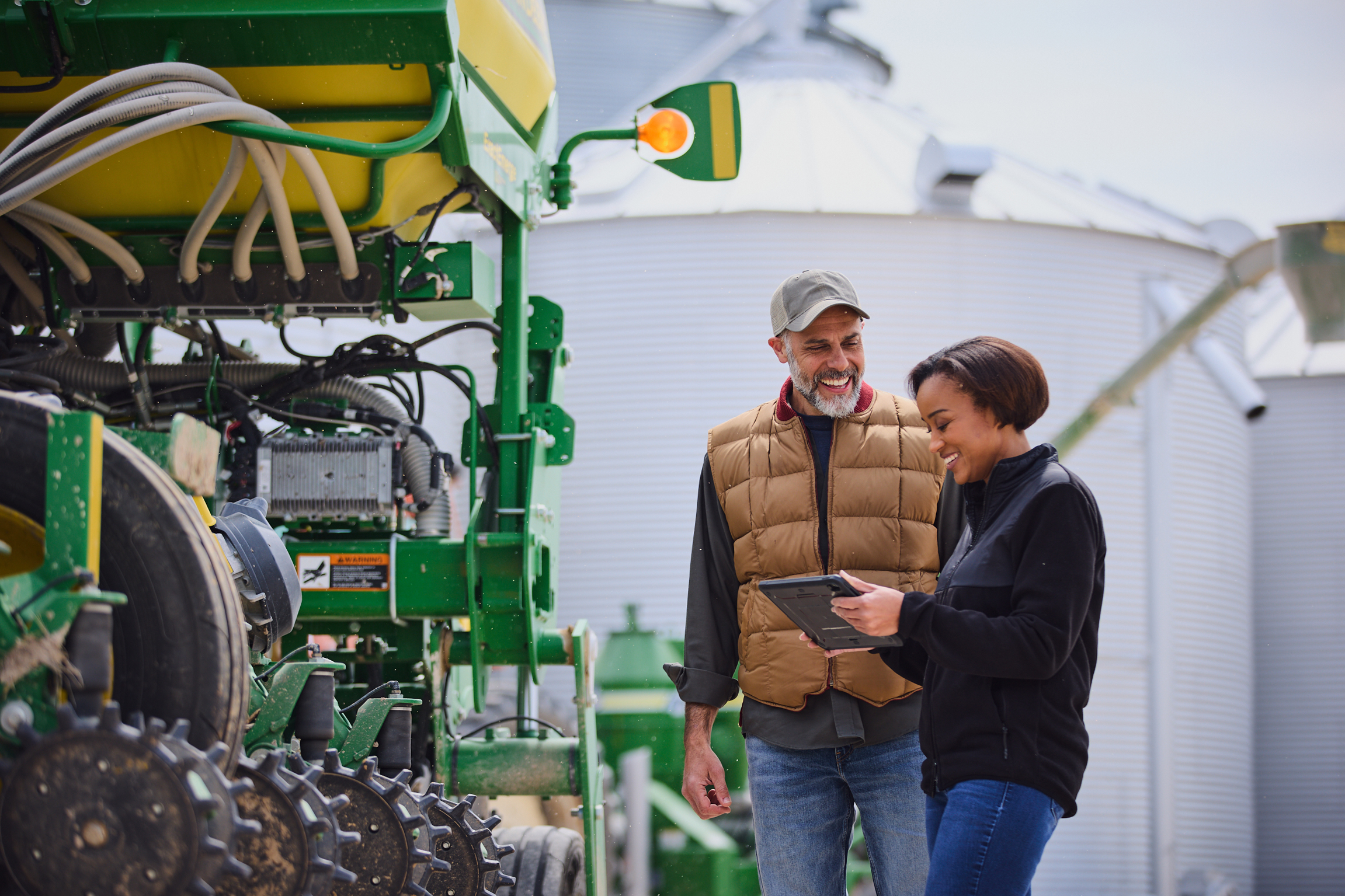Russia's wheat sellers welcome shift to ruble-denominated export duty

Russia's agriculture ministry on July 8 set the variable export tax on wheat at Rb5,558.9/mt ($87.88/mt) for the July 13-19 period, as the country's grains traders welcomed a significant reduction in their tax burden.
The lower taxes are a result of Russia's switch from a dollar-denominated rate and its adoption of a different mechanism for calculating the tax, which is reset each week.
The rate for July 13-19 shipments was up by Rb958.9 from the previous seven-day period, the first time a ruble-denominated rate applied. The ruble rate is equivalent to around 22% of the ministry's trailing average FOB price, whereas wheat exported from Russia June 29-July 5 was taxed at $146.10/mt, or around 36% of that average.
Russia's wheat sellers typically price their exports in dollars and procure wheat on the domestic market in rubles. That trade has recently become more complicated as a result of the ruble's volatility and the reduced convertibility of the Russian currency.
Russia introduced a fixed duty on wheat exports in February 2021 in response to rising global prices. The country then moved to a variable rate on June 2, 2021. It is published each Friday and enters into force on the Wednesday of the following week.
The rate had been set in dollars until June 28, when the Ministry of Economic Development said it would switch to rubles and changed the mechanism it used to calculate the duty.
The export duty is calculated as a percentage of the difference between a base price and the average of export prices on an FOB basis during the 60 days preceding the day of calculation.
When it was calculated in dollars, the duty was equivalent to 70% of the premium of that average above $200/mt, with even higher rates applied when the average price exceeded thresholds at $375/mt and $400/mt.
Under the new ruble-based mechanism, the initial threshold, or base price, for calculating the export duty was set at Rb15,000/mt.

News
Bayer AG has announced the pilot of an expert generative AI (GenAI) system that “quickly and accurately” answers questions related to agronomy, farm management and Bayer agricultural products. The pilot has been developed in collaboration with Microsoft as leading technology partner and Ernst & Young (EY) as an industry partner, the company said. The system is the result of Bayer using proprietary agronomic data to train a large language model (LLM) with years of internal data, insights from thousands of trials within its vast testing network and centuries of aggregated experience from Bayer agronomists around the world, the company said. “Our unique GenAI system has the potential to serve agronomists and benefit farmers all over the world, further advancing AI as an indispensable technology for agriculture,” said Amanda McClerren, CIO and head of digital transformation & information technology for Bayer’s crop science division. Bayer said it is exploring ways to integrate the expert GenAI system into its digital offerings, and the company anticipates broad opportunities for collaboration with other agricultural offerings and partners. “Bayer aims to expand the pilot of the expert GenAI system to selected agronomists and potentially farmers as early as this year, while continuing to advance a separate GenAI prototype allowing users to directly query their own farm data,” the company said. In addition, the partnership between Bayer and Microsoft enables the company to bring ready-made capabilities, AgPowered Services, to the agri-food industry, such as Bayer’s Historical Weather that brings a comprehensive weather dataset to Azure Data Manager for Agriculture that spans the last 40 years and provides detailed, field-level weather insights across global agricultural regions, the company said. Integrating tools from IBM, including from the IBM Environmental Intelligence Suite, the new capability, which was previously available for internal use only, can inform weather risk assessments and actuary processes, Bayer said. It will also be used by Bayer and others to forecast crop seasonality and production changes year over year, as well as train agronomic models, it said. Meanwhile, Bayer is developing a connector that enables access to irrigation data from Lindsay Corp., an industry-leading irrigation solution provider. This expands the data types available to Azure Data Manager's enterprise customers, making it possible for them to connect to irrigation data in the same way as weather, imagery, original equipment manufacturer (OEM) and other data types, the company said. The new cloud offerings will also support regulatory and sustainability reporting, such as providing supply chain traceability that can help ensure compliance with new laws such as the EU Deforestation Regulation, which is expected to go into effect at the end of 2024, Bayer said. This article was first published in chemweek.com. Photo credit: Bayer

News
Asia has seen the fastest growth in biofuels production and exports globally, driven by government policies and export markets for feedstocks. To capitalize on the boom, governments have rapidly pushed out biofuel mandates focused around their country’s main agricultural products. Presently, the largest biofuel producers in the region are China, India, Indonesia, Malaysia, the Philippines and Thailand. Here’s a ready reckoner for Asia’s major biofuel policies along with production, trade and prices. Click for the full-size infographic